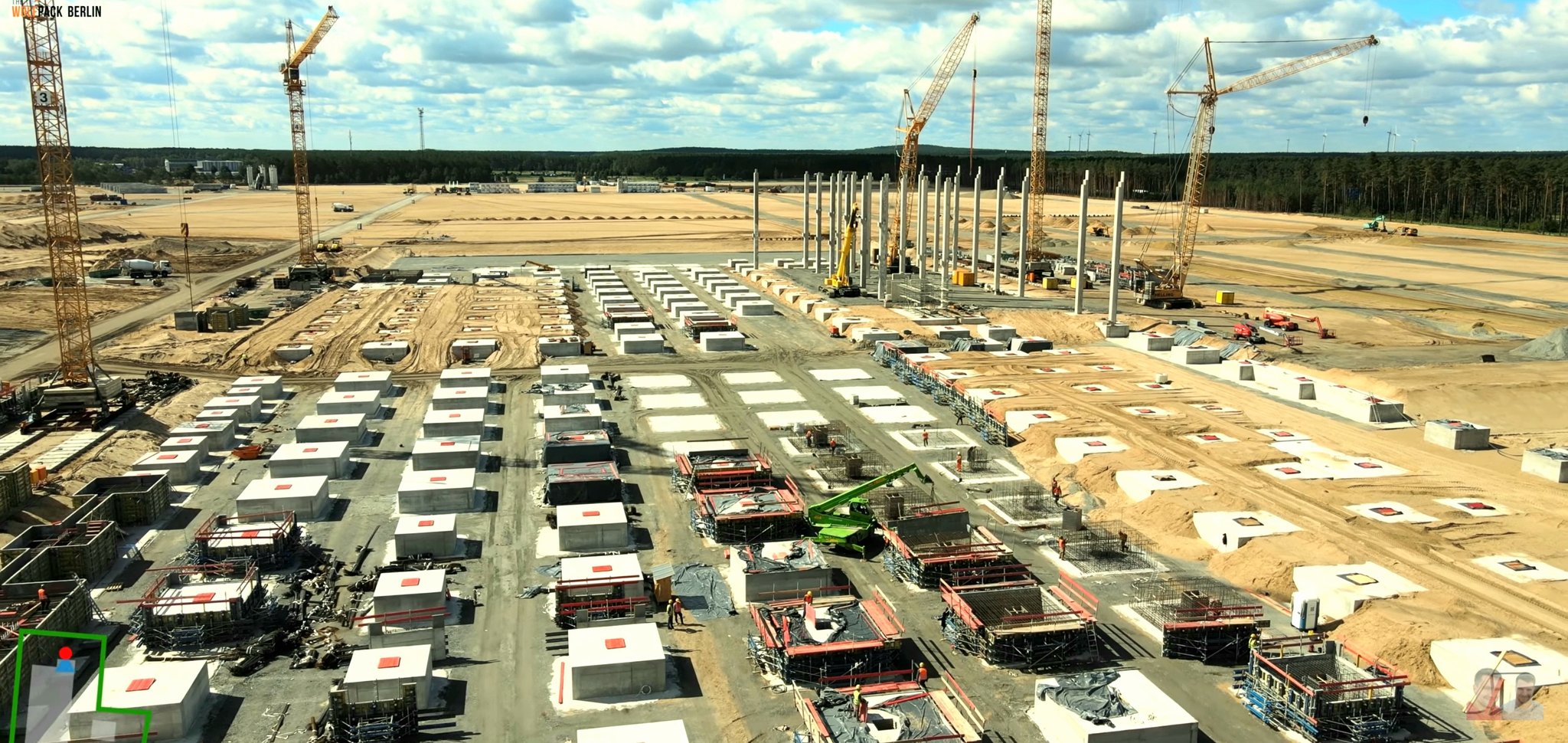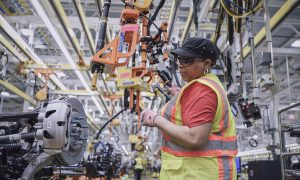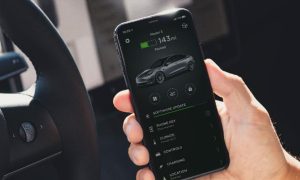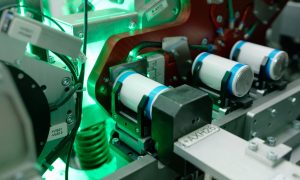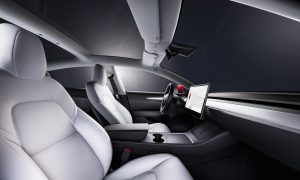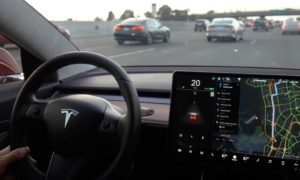It appears that Tesla is intent on optimizing its production process for Gigafactory Berlin, with an environmental permit from the electric car maker indicating that the company will be hiring 10,500 workers for the upcoming facility. The update was related to German press agency dpa on Saturday.
Quite interestingly, the number of employees estimated in the company’s new environmental permit is 1,500 less than Tesla’s initial estimates. Previous filings from the electric car maker mentioned the creation of up to 12,000 full time positions, as well as apprenticeships. The dpa’s sources, , as per a DW.com report, noted that Gigafactory Berlin will be operating at three shifts per day, with each shift being covered by 3,000 to 3,500 workers each.
With this number of employees, Tesla is reportedly looking to produce up to 500,000 vehicles per year on the site. The facility is expected to manufacture the Model Y, Tesla’s newest vehicle in production, for the European market. Quite interestingly, Tesla’s final environmental permit is still officially pending, but the company has already begun work on building the massive facility.
While sentiments regarding Gigafactory Berlin are largely positive, the facility has also attracted its own fair share of critics. So far, citizens in the area have had the option to submit objections to the facility’s construction until September 3, 2020. There are currently 373 objections that have been filed against Gigafactory Berlin, and an action group dubbed “Against Gigafactory Grünheide” has also been formed.
The group’s spokesperson, Frank Gersdorf, expressed his criticism in a statement to German media. “The whole project has the wrong location: water protection area, drinking water protection area, landscape protection area — in the middle of previously intact nature,” he said.
It should be noted that the site for Gigafactory Berlin is a tree farm, which meant that the trees in the area were originally intended to be cut down to be used for products like cardboard. Grünheide Mayor Arne Christiani, for one, previously noted that the trees in the area are of “inferior quality.” Tesla has also pledged to plant three times as many trees as it would cut down for Gigafactory Berlin.
Gigafactory Berlin’s construction is currently accelerating, with pillars now being built on the site. As of this weekend, new reinforced concrete beams have been placed on the location, and the first walls have also been set up. A new concrete mixing plant was constructed and an unloading railway station has also been prepared.

